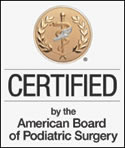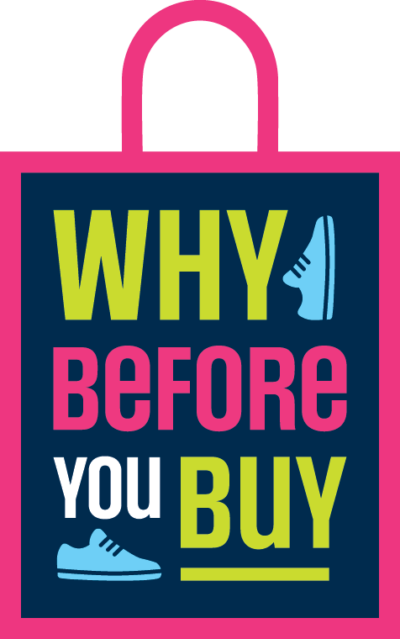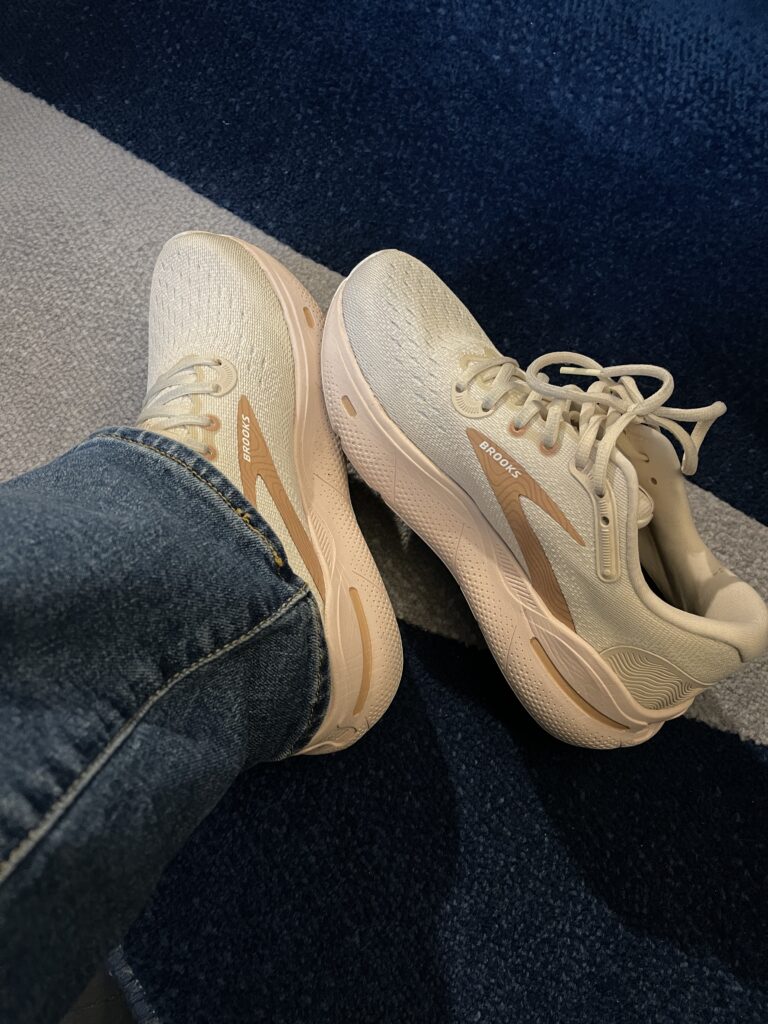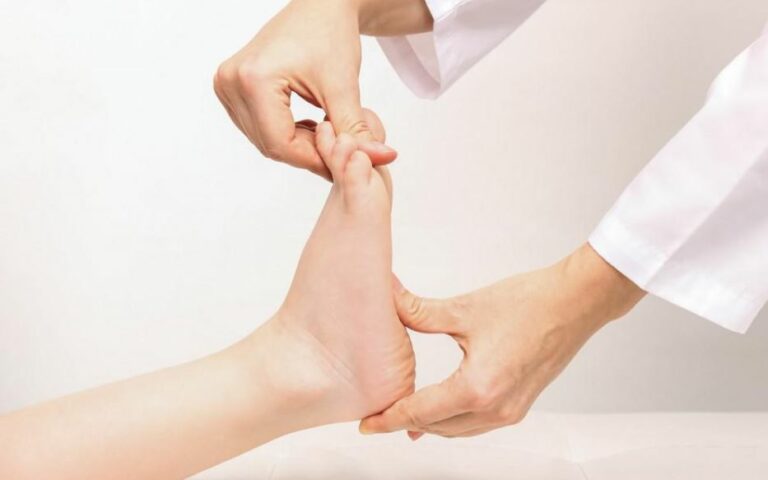
WHAT IS AN INGROWN TOENAIL?
An ingrown toenail is a common condition, usually of the big toe, where the nail cuts into the surrounding nail bed causing an infection and pain.
If you trim your toenails too short, particularly on the sides of your big toes, you may set the stage for an ingrown toenail. Like many people, when you trim your toenails, you may taper the corners so that the nail curves with the shape of your toe. But this technique can cause your toenail to grow into the skin of your toe. The sides of the nail curl down and dig into your skin. An ingrown toenail also can happen if you wear shoes that are too tight or too short.
Symptoms
When you first have an ingrown toenail, it may be hard, swollen and tender. Later, it may get red and infected, and feel very sore. Ingrown toenails are a common, painful condition—particularly among teenagers. Any of your toenails can become ingrown, but the problem more often affects the big toe. An ingrown nail occurs when the skin on one or both sides of a nail grows over the edges of the nail, or when the nail itself grows into the skin. Redness, pain and swelling at the corner of the nail may result and infection may soon follow. Sometimes a small amount of pus can be seen draining from the area.
Ingrown nails may develop for many reasons. Some cases are congenital—the nail is just too large for the toe. Trauma, such as stubbing the toe or having the toe stepped on, may also cause an ingrown nail. However, the most common cause is tight shoe wear or improper grooming and trimming of the nail.
Treatment
Ingrown toenails should be treated as soon as they are recognized. If they are recognized early (before infection sets in), home care may prevent the need for further treatment:
- Soak the foot in warm water 3-4 times daily.
- Keep the foot dry during the rest of the day.
- Wear comfortable shoes with adequate room for the toes. Consider wearing sandals until the condition clears up.
- You may take ibuprofen or acetaminophen for pain relief.
- If there is no improvement in 2-3 days, or if the condition worsens, contact our office.
Prevention
You can lower your risk of developing an ingrown toenail by trimming your toenails straight across with no rounded corners. The length of your toenail should extend out past your skin. The top of each nail should form a straight line across, level with the top of your toe. In addition, don’t pick at your toenails or tear them off, make sure your shoes and socks are not too tight, and keep your feet clean at all times.
If excessive inflammation, swelling, pain and discharge are present, contact our office for treatment.
The post Ingrown Toenail appeared first on Bethesda Foot & Ankle Center.









